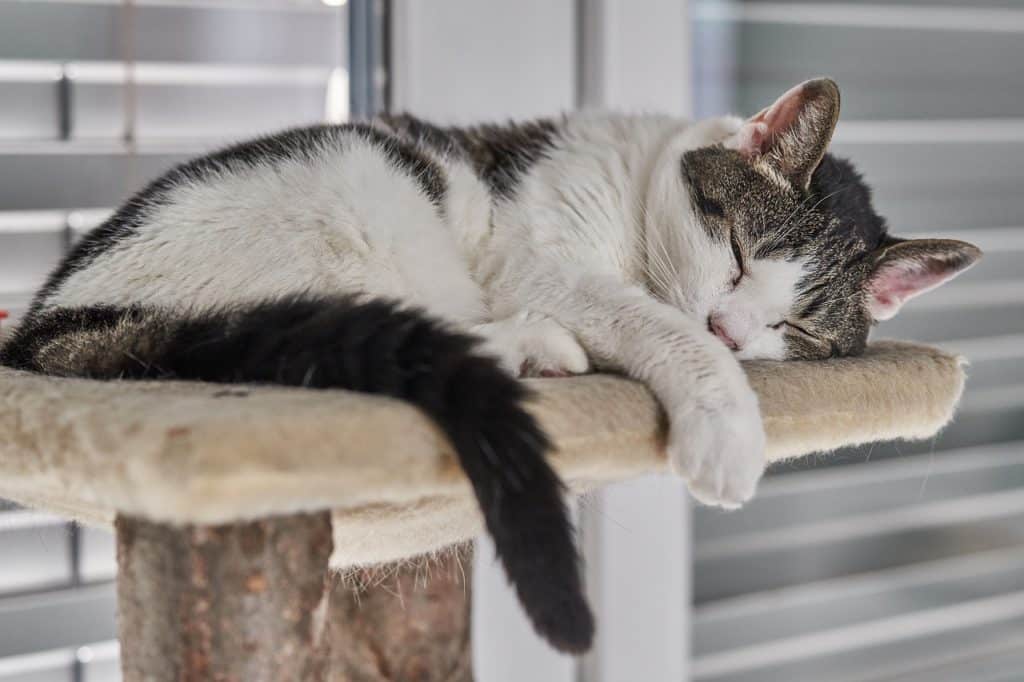
Diabetes can lead to other health problems in your pet. In cats, weakness of the hind-legs is the most common health problem as a result of diabetes, due to the weakness of the tissues in the legs. Diabetic dogs can be more susceptible to infections, have urinary tract problems, or even go blind.
How do I prevent my pet from getting diabetes?
The best way to keep your pet happy and healthy comes from exercise. If you have a dog take it for a walk or run frequently. If you have a cat, keep it stimulated by playing with toys and encourage it to run around the house daily. Take your pet (even cats) to the vet for routine checkups as needed. This will help your vet see early warning signs so you can develop a plan to keep your pet on the right track. Make sure that the food you are feeding your pet is high quality. Food should be protein based and not loaded with carbs. Female cats should always be spayed. Cats not spayed are at a much higher risk for developing diabetes.
What are the warning signs of diabetes in pets?
Warning signs differ from cats to dogs, with a few similarities. Dogs and cats will both consume more water if they are diabetic. Dogs and cats will both also urinate more as a result of diabetes, or have more accidents around the house.
Dogs will have an increased appetite, but will maintain the same weight. Dogs will also develop cloudy eyes (the first possible sign of blindness). A cat will become very lethargic and sleep more than usual. The cat’s coat will become more dry and the hair will be duller.
How do you treat a pet with diabetes?
If your pet becomes diabetic, it is not the end of the world. Treatments are very similar to human treatments. Your vet will prescribe insulin that you will need to give the pet. The vet will also discuss how to change your pet’s diet to ensure it’s eating the right foods. There will be tools that you will use to monitor the pet’s blood sugar levels as well. It’s also important to note that the support and bond between person and pet will go a long way to help the pet overcome any disease.
Bring your pet to us and we’ll be happy to let you know if your pet is at risk for diabetes. Make an appointment here and follow us on Twitter for more pet health info!


